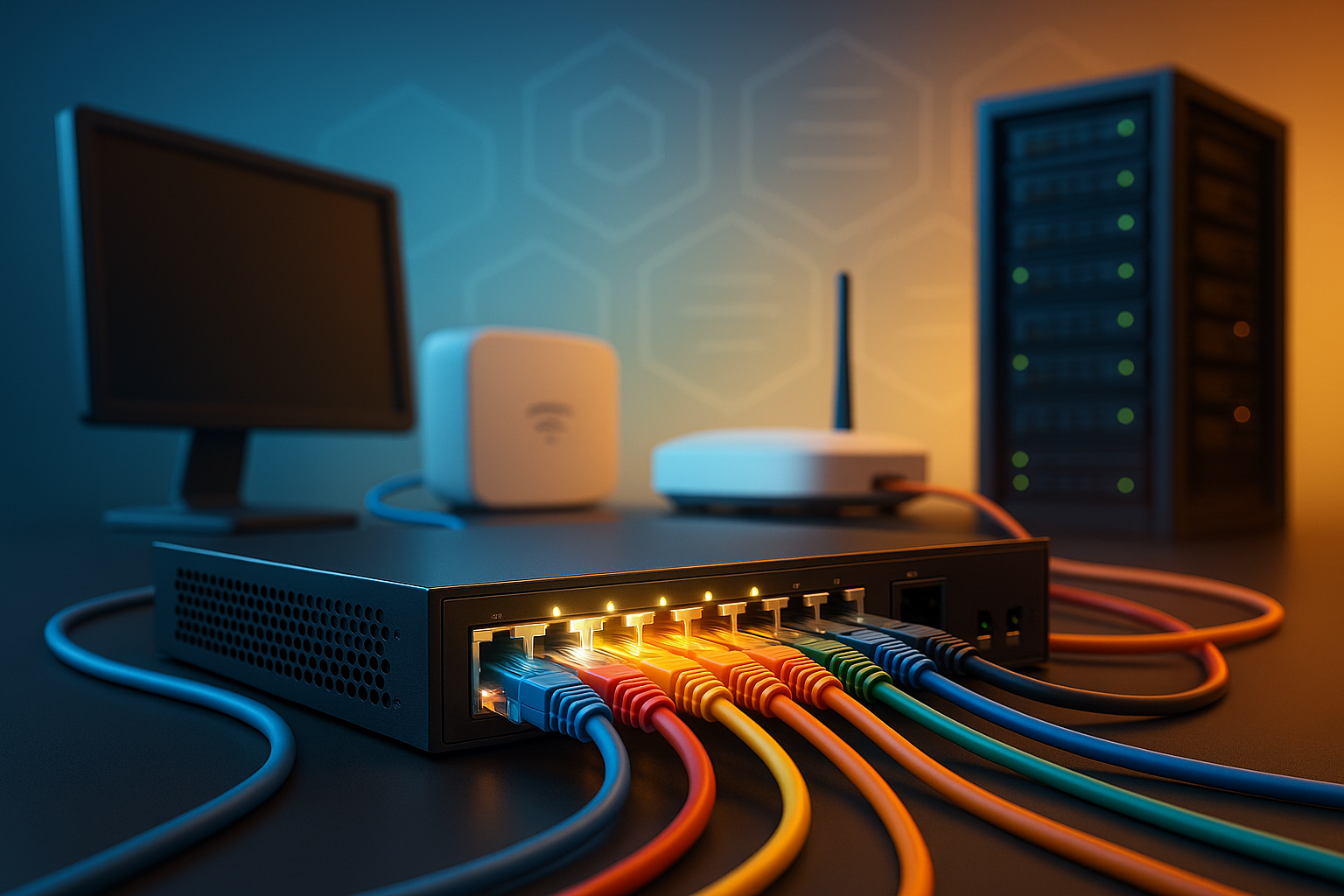Cisco CCNA Networking Foundations Track
Gain a strong foundation in computer networking—starting from basic concepts like LANs, IP addressing, and OSI models to essential skills in subnetting, cabling, and configuring core network devices using hands-on labs and real-world tools.

Skill Set
-
Design and evaluate network architectures and topologies
-
Analyze and troubleshoot network traffic using Wireshark
-
Understand and apply IP addressing and subnetting strategies (IPv4 & IPv6)
-
Configure and manage network devices (routers, switches, firewalls, WAPs)
-
Implement dynamic and static IP configurations in real-world scenarios
-
Identify and apply appropriate physical media and cabling standards
Modules Overview
01. The Basics of Networking
Learn the basics of LAN, WAN, network architectures, and topologies to build a strong networking foundation.
02. Internetworking Models
Explore the OSI and TCP/IP models, analyze real network traffic with Wireshark, and understand key protocols like DNS and HTTP.
03. Introduction to IPV4 Addresses
Learn IPv4 addressing fundamentals, classful IP types, NAT, static and dynamic assignments, and network diagnostics with Wireshark through hands-on labs.
01. IPV4 Address Subnetting
Master IPv4 subnetting, CIDR, and VLSM techniques with practical examples to design efficient and optimized network infrastructures.
01. Introduction to IPV6
Learn IPv6 fundamentals, address types, assignment methods, and header analysis with Wireshark, plus hands-on IPv6 communication labs using GNS3.
01. Physical Media in Computer Networking
Explore physical media, cabling standards, Ethernet wiring, PoE technologies, and communication methods to build strong network infrastructures.
02. Network Devices
Learn the roles of key network devices like switches, routers, firewalls, modems, and wireless controllers essential for building and managing robust networks.

